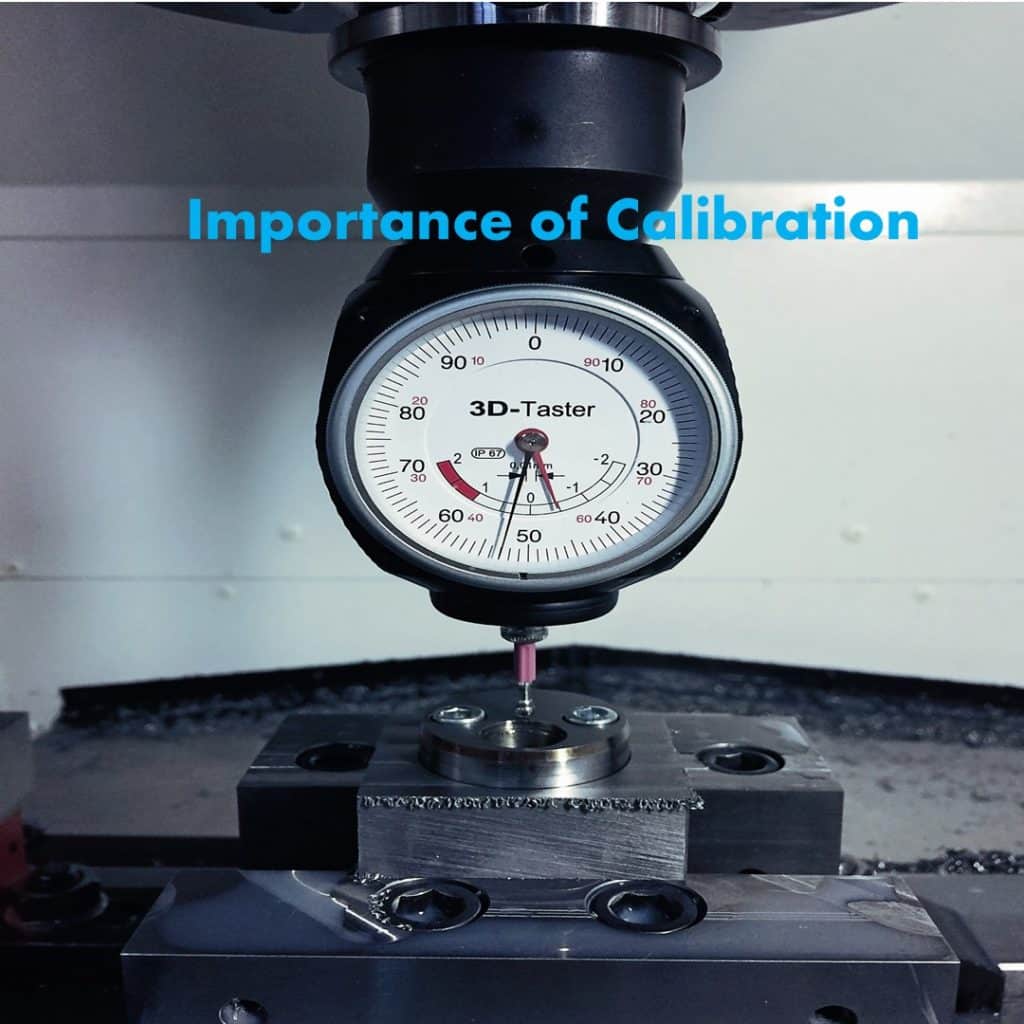Calibration (CAL) is a basic but important task that must be done in order to ensure accurate measurements. In this blog article, we will break down the importance of calibration and how it can be accomplished. CAL is a term used in industrial automation to describe the process of adjusting. The need for calibration arises from deviations between the specifications and the actual state of the mechanical or electrical devices.
The CAL of a measuring instrument is the procedure that sets its scale and zero point. CAL procedures are essential for accuracy and precision, which in turn are critical for many engineering and scientific applications. Find out more about CAL in this blog article!
Why is Calibration Important?
Calibration is the process of determining that a device or measurement system is operating within predetermined parameters. This is done to ensure that it can properly measure what it’s supposed to and that errors are kept to a minimum. This information allows for the selection of the correct measurement system and provides the ability to compare results by using a reference measurement.
This is important for ensuring that your product is safe to use and that each customer gets exactly what they expect. Losses can be reduced in the manufacturing industry by calibrating machinery regularly.
Types of Calibration
Calibration is the process of determining if a measuring device such as an instrument, scale, gauge or meter is giving correct readings. The most common CAL methods are via comparison, and using an instrument. CAL can be performed on sensors, instruments, or other measuring devices to maintain accuracy.
There are three types of calibration that you might need: periodic, daily, and event-triggered. Periodic calibration is usually done yearly to make sure the equipment continues to operate at peak performance. Daily CAL is necessary when readings are taken more than once a day. Event-triggered calibrations occur when a reading in a specific range indicates an error.
How to Perform a Calibration
Calibration is a basic step that should be done for any technical device. It involves checking the accuracy of the sensor settings to make sure that it matches up with the readings. A CAL check is typically done by using a known weight or measurement. The steps in calibrating are very easy and can be learned fairly easily.
You should calibrate your instruments at least once a year to ensure accurate readings. How to calibrate devices can vary, but there are some general guidelines. The easiest way to calibrate is by using a CAL fluid or fluid kit that comes with instructions on how to use it. A more complex CAL process is when you do it manually through a series of tests and calculations based on the device specifications.
Conclusion
In conclusion, the most important thing to remember is that CAL is a process. A technician will perform the necessary tests in order to find the perfect balance between accuracy and speed. The entire process can take anywhere from few seconds to hours depending on the specific test. Without effective CAL, equipment can fall out of spec, causing measurements inaccuracy and threaten quality and safety of where the equipment is being used.

